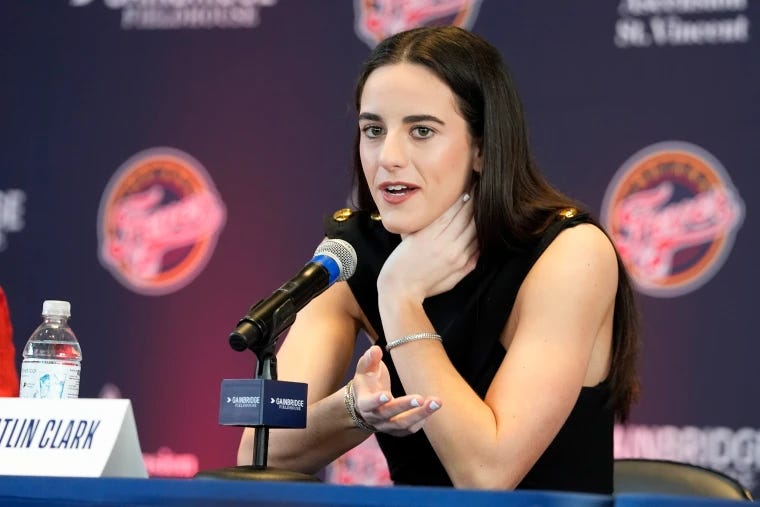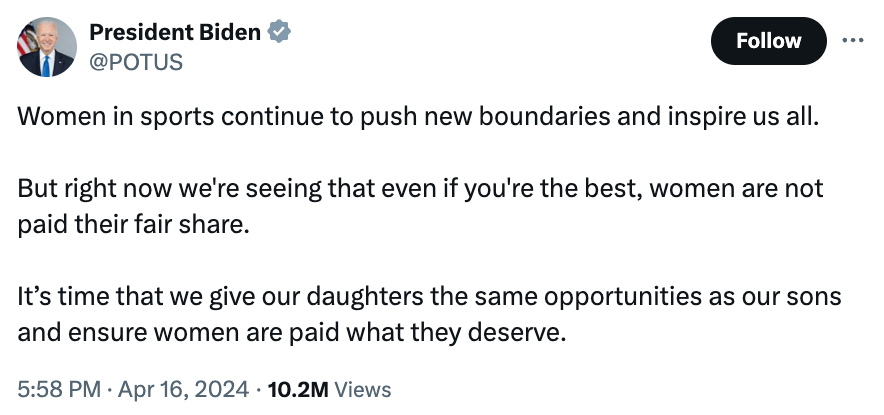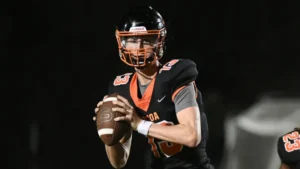
Unveiling the Reality of Caitlin Clark’s $76,000 Yearly Income
After experimenting with a few Rhone products several months ago, I’ve become a dedicated enthusiast, with my wardrobe now predominantly filled with their apparel. Rhone stands out for crafting some of the most comfortable clothing worldwide, spanning from casual wear to professional attire.
I’ve enthusiastically recommended Rhone to numerous friends and family members, all of whom have shared my satisfaction. If you’re keen to join the Rhone community—just like me!—head over to Rhone.com and explore their range of gear today. Plus, Rhone is extending a special offer of 20% off your first purchase when you apply my code “POMP20” at checkout. You can find links to all my favorite Rhone picks above!

Over the past fortnight, I’ve given considerable thought to Caitlin Clark’s inaugural earnings. In case you missed it, her rookie salary stirred up a storm during the WNBA draft when it came to light that she’d receive a mere $76,535 for her first season—roughly half of what the typical Walmart store manager in the U.S. earns annually. Some individuals seized this moment to advocate for the WNBA publicly, while others saw it as an opportunity for superficial social media engagement. Even President Biden chimed in with a tweet suggesting that WNBA athletes deserve compensation akin to NBA players.

C
Caitlin Clark is in a solid financial position herself. She recently inked a lucrative $28 million deal with Nike for her own signature shoe line, and last year, she earned millions through endorsement deals with major brands like State Farm, Gatorade, and Panini.
However, the broader issue lies within the WNBA’s structure and revenue distribution. Unlike other major sports leagues like the NFL, NBA, MLB, NHL, and MLS, the WNBA struggles financially. Despite generating around $200 million in annual revenue, it has consistently operated at a loss over the past 25 years, relying on subsidies from the NBA to stay afloat.
The WNBA’s collective bargaining agreement (CBA) further complicates matters. While it includes provisions for revenue sharing similar to the NBA, certain financial benchmarks need to be met for players to receive an equal split. Unfortunately, due to the unforeseen circumstances of the COVID-19 pandemic, many of these benchmarks have become increasingly difficult to achieve.
As a result, WNBA players currently receive only about 10% of the league’s total revenue. While teams in larger markets might have the means to offer higher salaries, the league insists on maintaining competitive balance through the CBA.
Ultimately, the solution lies in increasing revenues. Many top WNBA players supplement their income by playing overseas during the offseason, where salaries can reach seven figures. This mirrors the trajectory of the NBA, which experienced significant growth in the 1970s and 1980s, leading to substantial increases in player salaries.
Caitlin Clark symbolizes both the challenge and the potential of the WNBA. While she may be underpaid relative to her impact, her presence in the league at a time of increasing viewership and media attention bodes well for future generations of players. As the league negotiates new media rights deals and revenue streams expand, players stand to benefit significantly.
This analysis emphasizes the importance of media rights growth in driving revenue and, consequently, player salaries. With the WNBA’s current revenue base being relatively low, there is considerable room for expansion, potentially leading to a tenfold increase over the next two decades. This would not only result in higher salaries but also trigger 50-50 revenue sharing, further boosting player earnings.
If you found this breakdown insightful, please consider sharing it with others.







